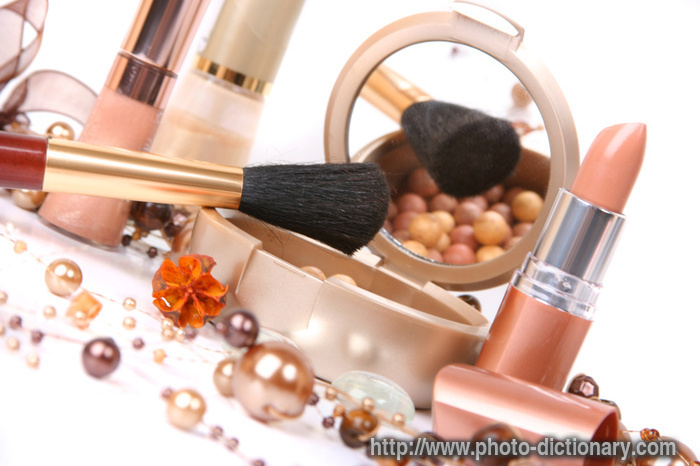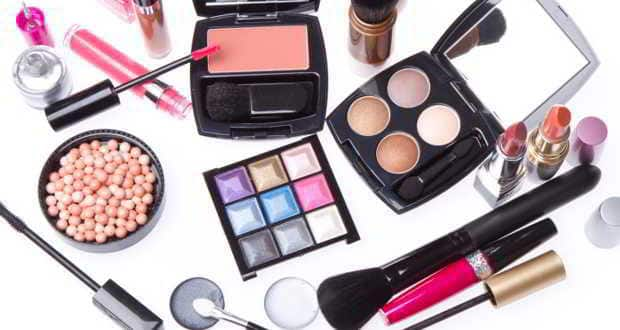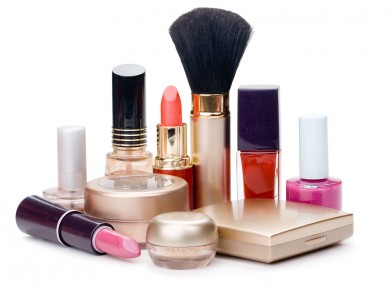cosmetics biography
Source(google.com.pk)
Fragrances and preservatives are the main ingredients in cosmetics. Fragrances are the most common cause of skin problems. More than 5,000 different kinds are used in products. Products marked “fragrance-free” or “without perfume” means that no fragrances have been added to make the product smell good.
Preservatives in cosmetics are the second most common cause of skin problems. They prevent bacteria and fungus from growing in the product and protect products from damage caused by air or light. But preservatives can also cause the skin to become irritated and infected. Some examples of preservatives are:
Paraben
Imidazolidinyl urea
Quaternium-15
DMDM hydantoin
Phenoxyethanol
Formaldehyde
The ingredients below cannot be used, or their use is limited, in cosmetics. They may cause cancer or other serious health problems.
Bithionol
Mercury compounds
Vinyl chloride
Halogenated salicyanilides
Zirconium complexes in aerosol sprays
Chloroform
Methylene chloride
Chlorofluorocarbon propellants
Hexachlorophene
A cosmetic maker can sell products without FDA approval. FDA does not review or approve cosmetics, or their ingredients, before they are sold to the public. But FDA urges cosmetic makers to do whatever tests are needed to prove their products are safe. Cosmetics makers must put a warning statement on the front labels of products that have not been safety testing, which reads, "WARNING — The safety of this product has not been determined."
FDA does require safety testing for color additives used in cosmetics. Cosmetics may only contain approved and certified colors. You'll find FD&C, D&C, or external D&C listed on cosmetic labels.
FD&C – color that can be used only in foods, drugs, and cosmetics
D&C – color that can be used only in drugs and cosmetics
External D&C – color that can be used only in drugs applied to the surface of the skin and cosmetics
A cosmetic maker also does not have to report product injuries. FDA collects this information on a voluntary basis only. Cosmetic makers that want to be a part of this program send reports to the FDA.
Product recalls are voluntary actions taken by cosmetic makers too. FDA cannot require cosmetics recalls. But FDA does monitor cosmetic makers that do a recall. FDA must first prove in court that a cosmetic product is a danger or somehow breaks the law before it can be taken off the market.
cosmetics
cosmetics

cosmetics

cosmetics

cosmetics

cosmetics

cosmetics

cosmetics

cosmetics

cosmetics

cosmetics

cosmetics

cosmetics

cosmetics

cosmetics

cosmetics

cosmetics

No comments:
Post a Comment